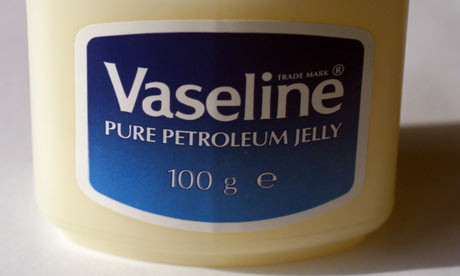
Since its invention in the late 1800’s, petroleum jelly, a hydrocarbon product that’s a byproduct of the same black stuff that comes out of the ground and is used in engines, has been slathered on bodies, big and small, to heal and moisturize skin. Of late, there have been many debates over its safety.
So the question is, should we use it or not?
The Good
It helps stop the loss of moisture and helps maintain existing hydration under the skin.
It feels good on our skin, helping to alleviate the feeling of chapping and irritation.
The Environmental Working Group gives petroleum jelly the highest safety scores.
The Bad
It forms a seal over the pores of the skin that disrupts the body’s ability to eliminate toxins, dirt and contaminants, which would otherwise pass through those pores and exit the skin.
It does nothing to hydrate or heal the skin itself.
It slows cellular regeneration and can damage collagen and elastin, thereby contributing to older looking skin.
It is difficult to remove from the skin.
The Ugly
While petroleum jelly may be safe in its pure form, purity remains a problem, and the impurities often found in petroleum jelly, such as poly aromatic hydrocarbons (PAH), have been linked to cancer.
Unlike in the European Union, there are no refinement requirements in the United States, and so U.S. manufacturers are not legally obligated to remove the PAHs and other contaminants from their petroleum jelly.
And the verdict is?
It seems to us that there is no sense in running the risk of using petroleum jelly when there are other, better, petroleum-free options that are healthier and feel just as good or better on the skin. These natural alternatives help to moisten and heal the skin without suffocating it or exposing it to dangerous chemicals. We recommend choosing CV Skinlabs Restorative Skin Balm or our own Indie Lee The Body Balm.
